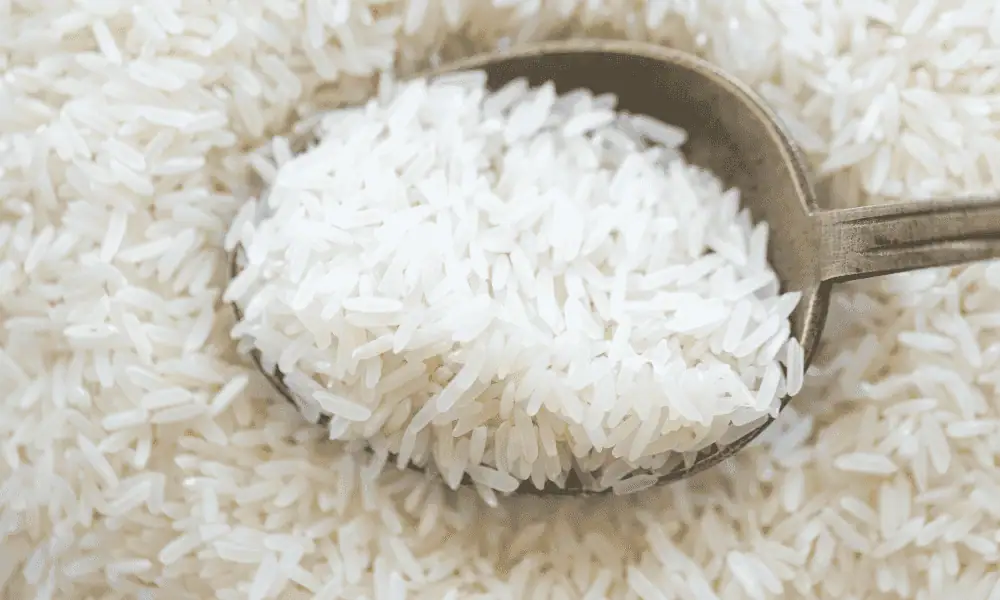Consumers selecting jasmine rice for their kitchens choose more than a grain; they embrace a culinary tradition extending back centuries through the agricultural heartlands of Southeast Asia. The distinctive aroma derives from a natural compound called 2-acetyl-1-pyrroline, which develops as the grain matures in specific growing conditions. In Singapore, where discerning palates have been shaped by generations of diverse culinary influences, jasmine rice has secured its position as a premium staple, prized in households and restaurants for qualities that elevate it above ordinary long-grain varieties.
Origins and Cultivation
Jasmine rice traces its lineage to Thailand, where cultivation methods refined over generations produce grains of exceptional quality. The varieties known collectively as Thai jasmine rice grow predominantly in the northeastern provinces, where soil composition, water availability, and climate create ideal conditions. The grain’s development requires precise timing and environmental factors that prove difficult to replicate elsewhere, though Vietnam and Cambodia now produce respectable jasmine varieties.
The rice derives its name not from any addition of jasmine flowers but from its natural fragrance, which enthusiasts compare to the scent of pandan leaves or popcorn. This aromatic quality intensifies during cooking, filling kitchens with a perfume that announces the meal’s approach.
Distinctive Characteristics
Several attributes distinguish jasmine rice from other long-grain varieties and account for its premium positioning in Singapore’s competitive rice market:
- Natural fragrance perceptible both in raw grain and during cooking
- Soft, slightly sticky texture when properly cooked
- Translucent appearance in raw form, turning white when cooked
- Long, slender grains that elongate further during cooking
- Subtle sweetness complementing rather than competing with accompanying dishes
- Tender consistency without becoming mushy when cooked correctly
These characteristics make jasmine rice particularly suitable for Asian cuisines where rice serves as the foundation rather than merely an accompaniment.
Grading and Quality Standards
The jasmine rice market distinguishes between grades reflecting purity, processing quality, and harvest timing. Premium grades consist of whole grains with minimal breakage, indicating careful milling and handling. New crop jasmine rice, harvested recently, commands higher prices than older stock because freshness affects fragrance intensity and cooking properties.
Thailand’s Ministry of Commerce maintains standards for Thai Hom Mali rice, the designation reserved for jasmine rice meeting strict criteria regarding variety purity, grain quality, and moisture content. Singapore importers dealing in quality jasmine rice often reference these standards, providing consumers with confidence about authenticity.
Nutritional Profile
Jasmine rice shares the basic nutritional composition typical of white rice varieties. A cooked cup provides approximately 205 calories, 45 grammes of carbohydrates, and small amounts of protein and minerals.
The glycaemic index of jasmine rice rates higher than some other rice varieties, producing relatively rapid rises in blood glucose. This characteristic matters for individuals managing diabetes or watching their glycaemic load. Brown jasmine rice varieties preserve more nutrients through minimal processing, offering increased fibre and micronutrients whilst maintaining the distinctive aromatic character.
Culinary Applications
The versatility of jasmine rice extends across numerous preparations, though it excels particularly in dishes where its fragrance and texture enhance the overall experience. Thai cuisine relies fundamentally on jasmine rice as the backdrop for complex curries, stir-fries, and grilled preparations. The grain’s slight stickiness allows it to clump just enough for eating with fork and spoon in Thai fashion, whilst remaining separate enough to avoid mushiness.
Singapore’s multicultural food scene has adopted jasmine rice enthusiastically:
- Hainanese chicken rice benefits from jasmine rice’s fragrant qualities
- Thai restaurants naturally favour their national grain
- Fusion establishments appreciate its premium associations
- Home cooking where families seek quality for daily meals
- Catering operations serving discriminating clientele
The rice pairs beautifully with coconut milk preparations, absorbs sauces elegantly, and provides a refined foundation that respects rather than overwhelms accompanying dishes.
Cooking Techniques
Achieving optimal results with jasmine rice requires attention to water ratios and cooking methods. The standard ratio of 1.5 cups water to one cup rice produces tender grains with proper moisture content. Rinsing jasmine rice before cooking removes excess surface starch, preventing gumminess whilst preserving the grain’s essential character.
The absorption method works admirably for jasmine rice. Bringing water and rice to a boil, then reducing heat to low and covering the pot, allows gentle steaming that cooks grains evenly. A ten-minute rest after cooking completes the process, permitting steam to distribute moisture uniformly.
Modern rice cookers simplify preparation considerably, with many models offering specific settings for jasmine rice that adjust temperature and timing automatically.
Economic Considerations
Jasmine rice commands premium pricing compared to standard long-grain white rice, reflecting cultivation costs, import logistics, and market positioning. In Singapore’s competitive rice market, jasmine rice prices fluctuate with international supply conditions, currency movements, and shipping costs. Buyers purchasing from reputable suppliers balance cost against quality assurance, recognising that authentic premium jasmine rice justifies its price through superior eating experience.
Storage and Preservation
Proper storage maintains jasmine rice quality over time. The grain keeps well in cool, dry conditions away from direct sunlight. Airtight containers prevent moisture absorption and protect against pest infestation. Under ideal conditions, white jasmine rice remains usable for years, though fragrance intensity diminishes gradually with extended storage.
Cultural Significance
Rice holds profound cultural importance throughout Asia, and jasmine rice represents the premium expression of this staple. Serving quality jasmine rice signals respect for guests and occasions worthy of special treatment. In Singapore’s sophisticated food culture, where quality receives recognition and appreciation, choosing jasmine rice demonstrates discernment and commitment to culinary excellence.
The enduring popularity of this fragrant grain testifies to qualities that transcend mere sustenance, offering sensory pleasure and cultural connection through the simple act of sharing a meal built around premium jasmine rice.



